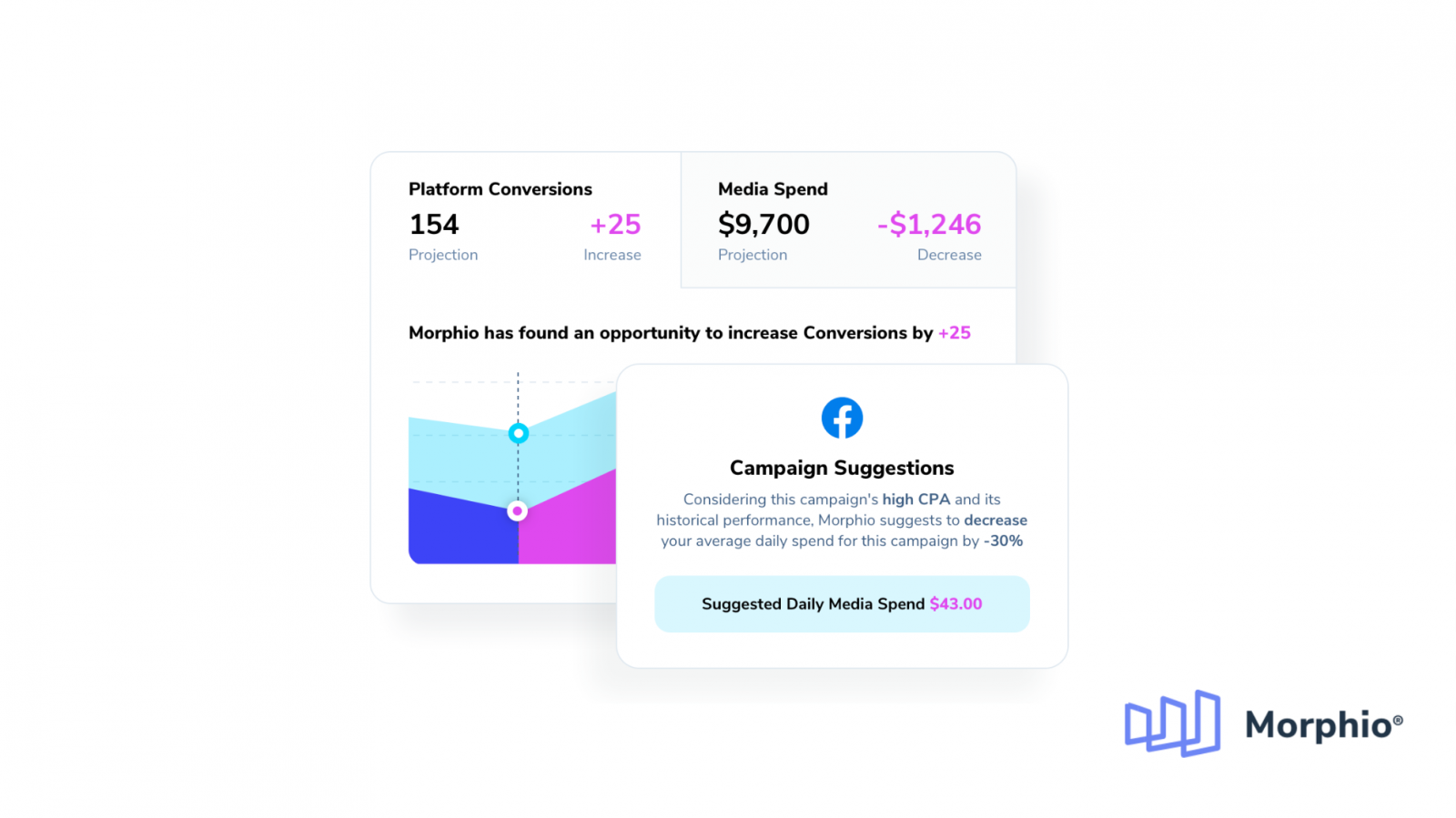
The worst kept secret in the digital marketing industry for the last decade has been that the principle ad networks (Google Ads and Facebook Ads) are iteratively migrating their platforms to full automation. This has, understandably, been resisted by many digital marketers and not without good reason. Some of the early iterations were objectively poor in terms of improved performance in comparison to manual control. However, those of us old enough to remember a Google Ads interface resplendent in forest green and beige, will know a lot of the previously manual controls have been replaced (and improved) by automated functions. Enhanced bidding options minimized the need to intervene, responsive ads procedurally generated ads with the most effective combinations, and an ever greater suite of controls has evolved the active role a digital marketer plays when it comes to platform optimization.
“Google Ads and Facebook Ads are iteratively migrating their platforms to full automation.”
The popularity of automation tools has been consistent, though their nature has changed. The bid and budget management (BBM) systems have fallen by the wayside and the ongoing dynamic for automation platforms is an arms race between them and the automation offered natively by the platforms. Many digital marketers are choosing instead to invest in digital marketing insight tools that help with monitoring and analysis rather than participating in the automation contest. As ever, it begs the question, what is the ongoing role of a digital marketer in this landscape?
A recent development that makes this question more prevalent than ever is Google’s release, and the seeming efficacy of, Performance Max campaigns. Our network of agencies all report a similar conclusion: they’re pretty good. Obviously that’s pretty anecdotal, but the point remains that ad platform automation is making greater inroads and it’s up to digital marketers to determine how to respond.
“Performance Max campaigns […]: they’re pretty good”
The enterprising among us will see this as an opportunity to lift up out of the weeds and focus and make better tactical and strategic decisions. A domain that remains untouched (and is likely to stay untouched by the ad platforms) is budget controls across your digital media investment. We’re talking about when to invest and where to invest – key levers for marketers long before digital marketing existed. A key feature of new digital marketing insights tools is cross platform analysis in order to identify where there are opportunities to invest in high performance and prevent overspending on PPC campaigns that aren’t yielding results. Understanding digital marketing budget controls is going to be crucial to getting ahead of the competition.
The reality is, we’re not there yet. There isn’t an immediate need to shift to embracing automation and shifting focus to PPC budget controls. However, if you haven’t already, now is definitely the time to start planning for that transition. If you haven’t already, utilize a Performance Max campaign and make your own assessment. Then take a look at tools that are going to help you maximize your digital marketing spend across platforms. Having that process in place will keep you a step ahead when fully blackbox marketing platforms become the reality.